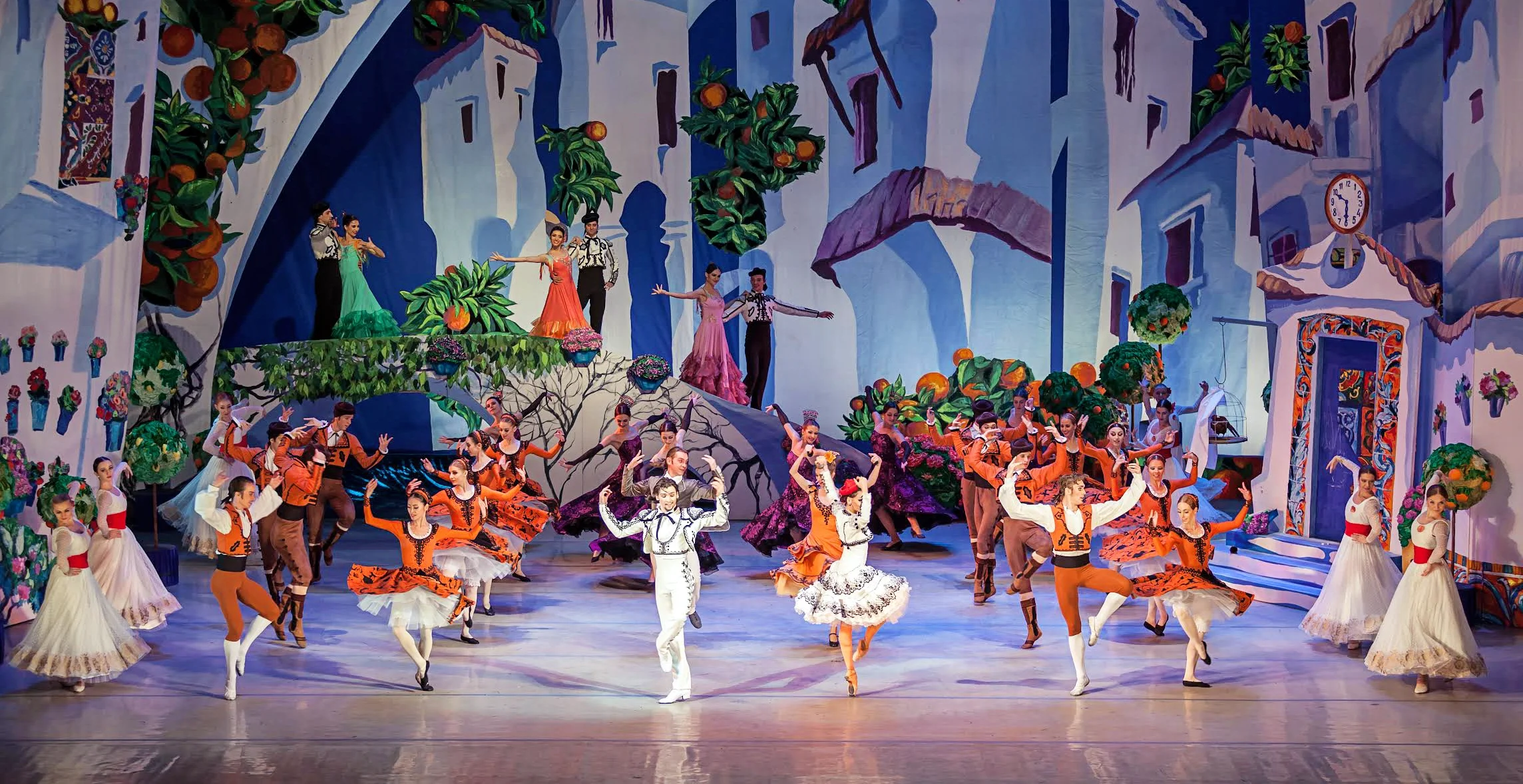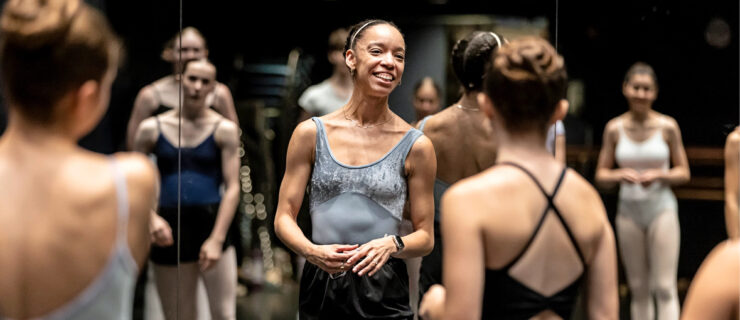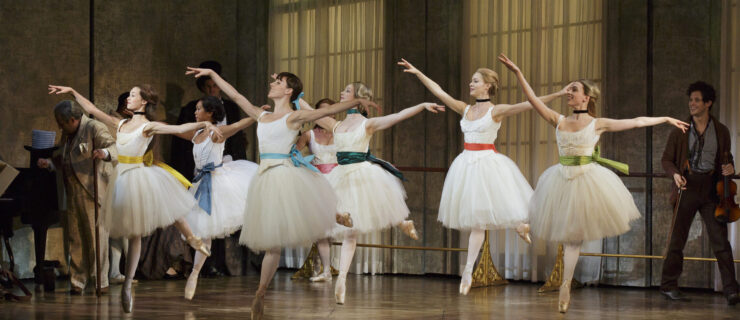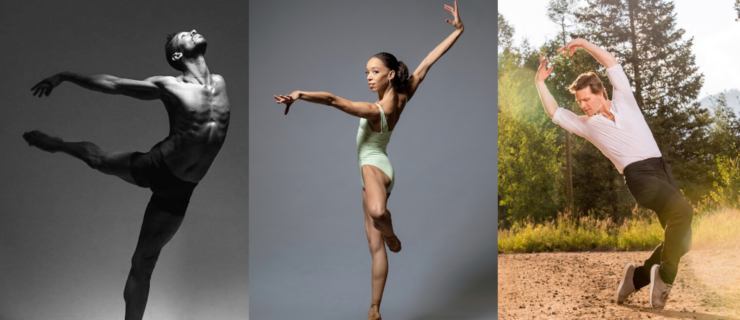From a War Zone to the World: The National Ballet of Ukraine Tours Canada
While war rages across the region, The National Ballet of Ukraine continues to train, rehearse, and, yes, perform at its headquarters in Kyiv.
According to principal dancer Sergii Kryvokon, one of 27 company members undertaking a 10-city, 21-performance Canadian tour in the new year, Ukrainian resilience and resolve needs to be shared with the world. Starting in Quebec City January 15–16, the company will visit Montreal, Ottawa, and Toronto, heading west to Winnipeg, Regina, Saskatoon, and Vancouver before finishing up in Edmonton and Calgary in mid-February. While Kryvokon and his colleagues hit the road, the rest of the 150-member company will perform a seasonal favorite, The Snow Queen,for audiences at home in Kyiv.
The tour is an important one for several reasons. First, in partnership with the Olena Zelenska Foundation (newly founded by Ukraine’s First Lady) and the global aid group HUMANITE, it’s a fundraiser to bring crisis relief and refugee aid directly to Ukrainian families. Second, as Kryvokon points out in a Zoom call from Kyiv, the artists of the ballet want to share their art with the world and show that Ukraine remains strong under harrowing circumstances.
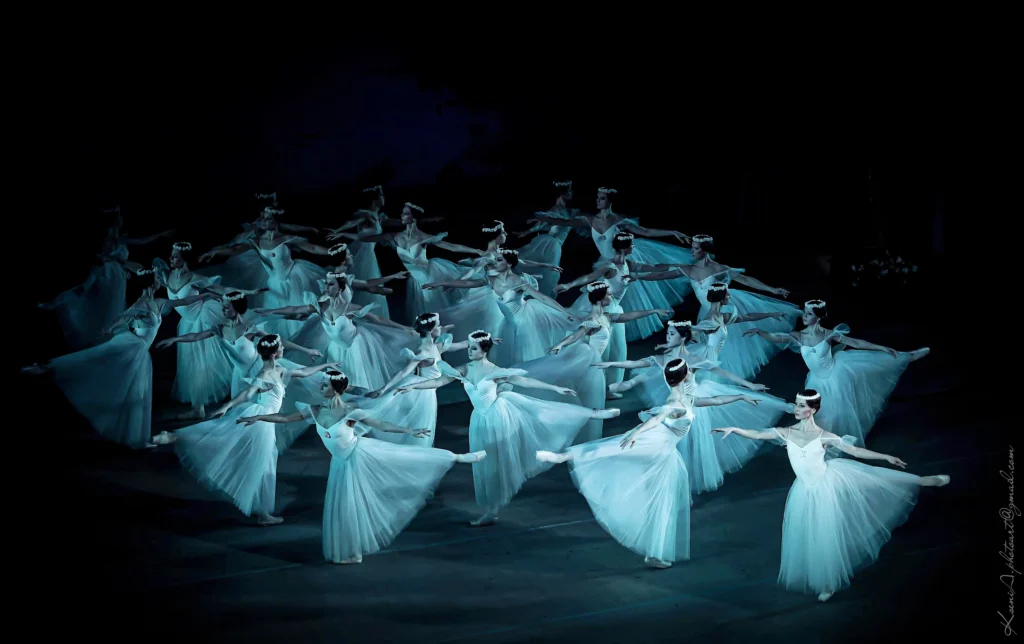
Kryvokon, who has been an international guest artist and has toured to Canada before (“I remember snow and tall buildings!”), says he’s excited to return and perform the company’s gala-style repertoire.
The tour program includes well-known classical ballets—Don Quixote, Corsar (Le Corsaire), La Sylphide, and more—as well as several Ukrainian folk dances, such as the hopak. The mix is designed to showcase the dynamic and virtuosic qualities of the company for audiences across Canada.
When asked if he’s aware of the 1.4 million Ukrainians living in Canada (some refugees from the current conflict, but many others who have settled in close-knit communities over generations), Kryvokon’s smile is huge at the idea of more Ukrainians at the shows. “I hope they will all come to see us perform!” he says. And while a tour away from the perils of the home front could be a relief, Kryvokon says that’s not quite the case. On a personal level, he points out, “it’s much more difficult emotionally to be on tour. You constantly worry about what’s going on at home, worry about family members and friends.”
Kryvokon tries to describe the atmosphere in which he and company members are working these days. “It’s horrible,” he says simply.
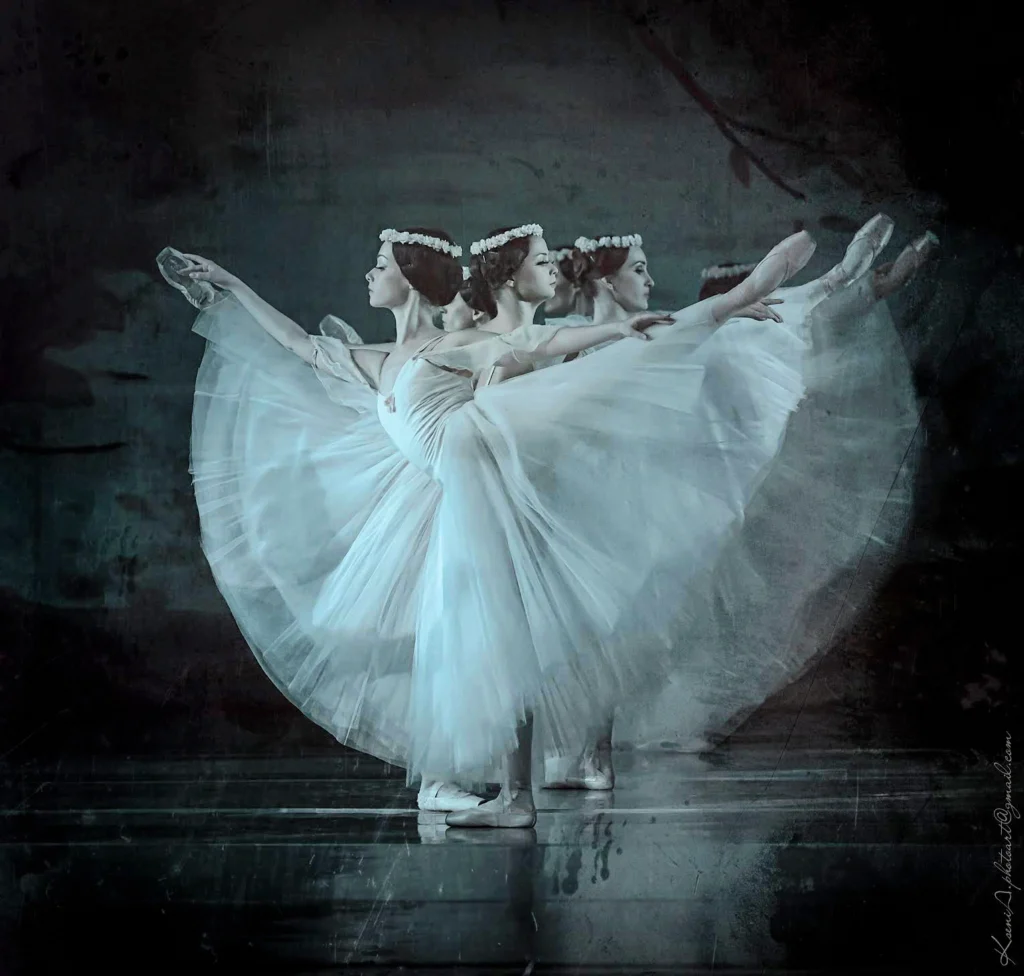
Kryvokon says that the company takes it a day at a time, working around disruptions and air strikes to maintain professional standards. Amazingly, they still perform regularly for the hometown audience, albeit with limited seating. The audience must be able to fit into the bomb-shelter section of the Taras Shevchenko National Opera House should the alarm sound. It has happened, Kryvokon says, more than once. “We stop the show, go to the shelter, then go back to performing if we can.”
Performances are important for both the dancers and the audience, Kryvokon says, “to connect people, to give hope, and a few moments to not think about the war. We must carry on as normally as possible. We don’t want to give our enemy any satisfaction. So we must keep going.”
